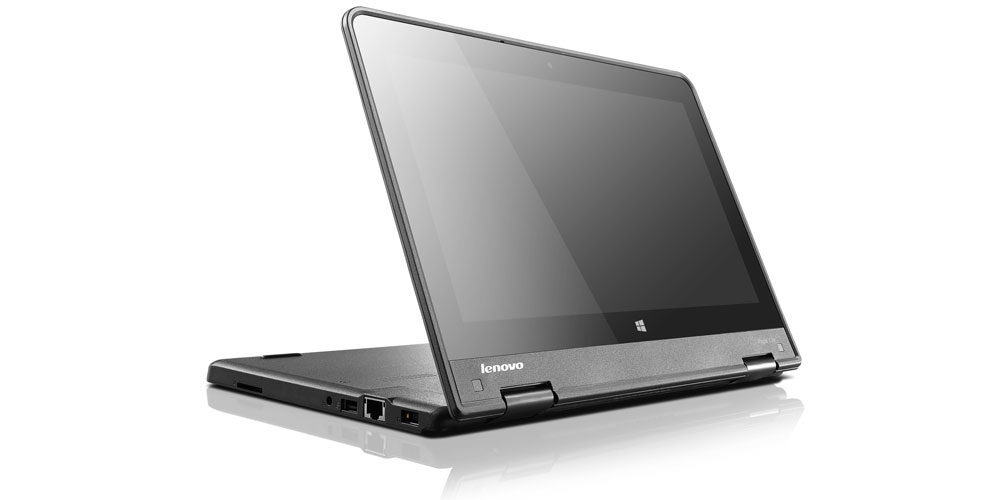Time to replace that old PC: should you go for a laptop or a tablet?
According to the US government website analytics.usa.gov, the percentage of PCs running Windows 7, in the past 90 days, is 32.8%, with Windows 10 leading right behind with a 9.7% share, followed by Windows 8.1, XP and, believe it or not, Windows Vista.

The share of older operating systems still running on PCs throughout the US is shrinking, which means, many consumers are quickly upgrading to newer PCs, but what exactly are they buying, to replace their aging desktops and laptops?
Consumer habits are changing thanks to touchscreens, more capable and reliable storage options, and more processing power, making touchscreen laptops and hybrid tablets an option previously discounted prior to the unveiling of Microsoft Windows 10.
Before Microsoft Surface Book, Surface Pro, and other hybrid tablets released prior to 2015, the landscape of tablet PCs was rather barren and reduced to low-performance devices with less than acceptable battery life.
The introduction of the Microsoft Surface Pro 4, as well as the Surface Book, changed everything, and the landscape is rapidly crowding up with fast, reliable and beautiful devices, built with responsive, multi-touch displays, SSD storage options (which is becoming more and more affordable), and powered by fast processors, such as Intel Skylake, optimized work with Windows 10 to deliver the best balance of performance and battery management.
Hybrid tablets are becoming as fast as laptop PCs, and in some cases even faster, within a lightweight form factor. With that said, those who need a bigger display may want to go for a bigger laptop, as most hybrid tablets like the Surface Pro 4 is still around 12-13 inches.
With that said, the purpose of a tablet is to provide plenty of power alongside portability, which makes a tablet PC perfect for outdoor use, or when needing to set up a temporary office in a hotel room, or a conference room.
Desktop replacement
Many consumers are looking for an easier, yet powerful transition from their older computers, by purchasing laptops that may not be as portable as tablets, but still many times more powerful than the systems they are replacing.
Laptop manufacturers like Samsung, Asus and MSI, are often the go-to choice for consumers looking to upgrade to something powerful, yet flexible, and immune to some of the common problems associated with older desktop systems, such as blackouts/brownouts, and the tedious process of relocating a desktop system to a different part of the house, or somewhere else.
Many of these systems are also very expandable, and support most older external hardware, like printers, scanners, and external drives, as long as they are capable of connecting via UBS 2.0 and newer interfaces.
These new, powerful laptops have also greatly improved in their ability to support external displays, 4K and higher. Windows 10 supports resolutions up to 8K, which makes these devices ideal for presentations, or to work with larger monitors, without the bulk of a PC tower taking space of the desk.